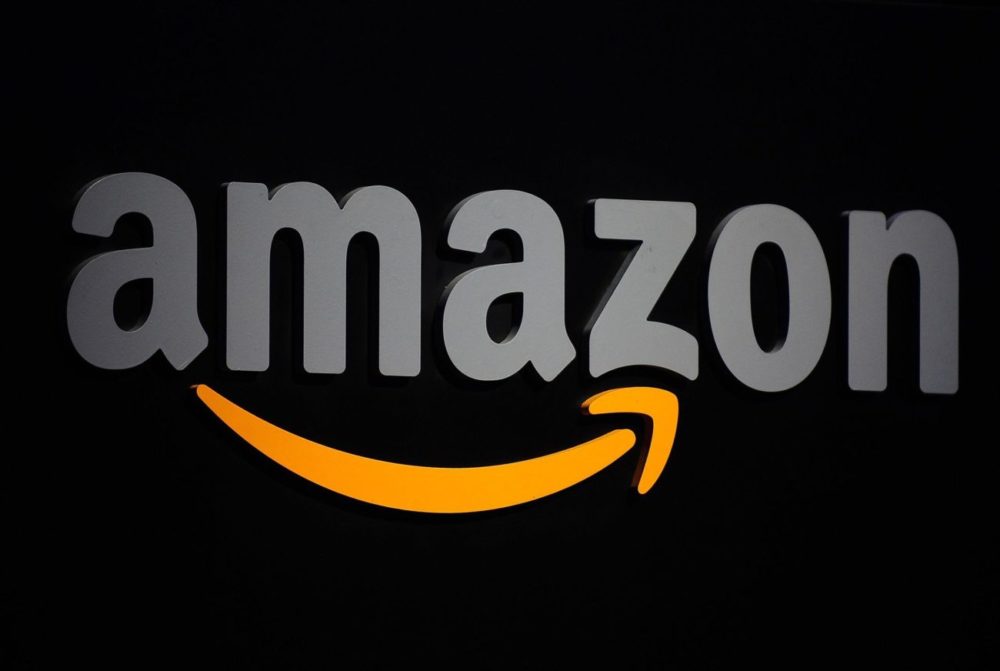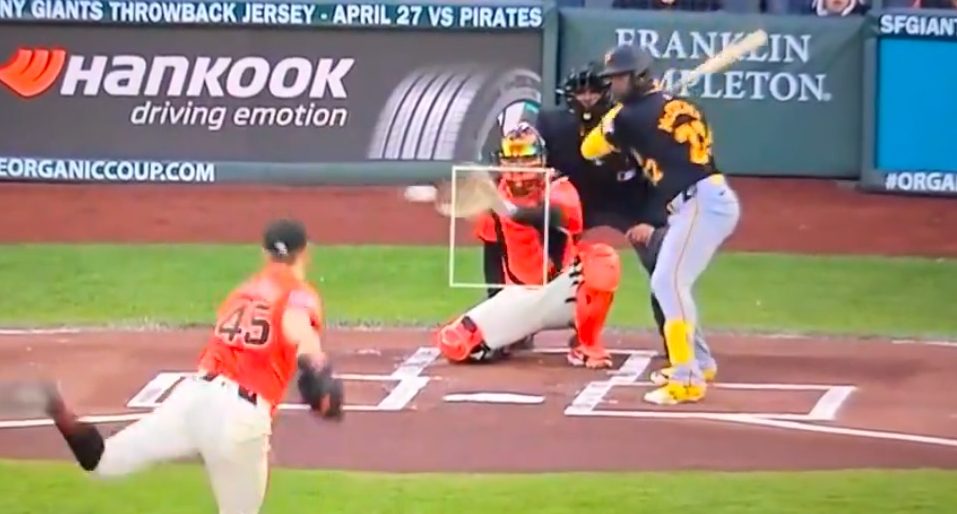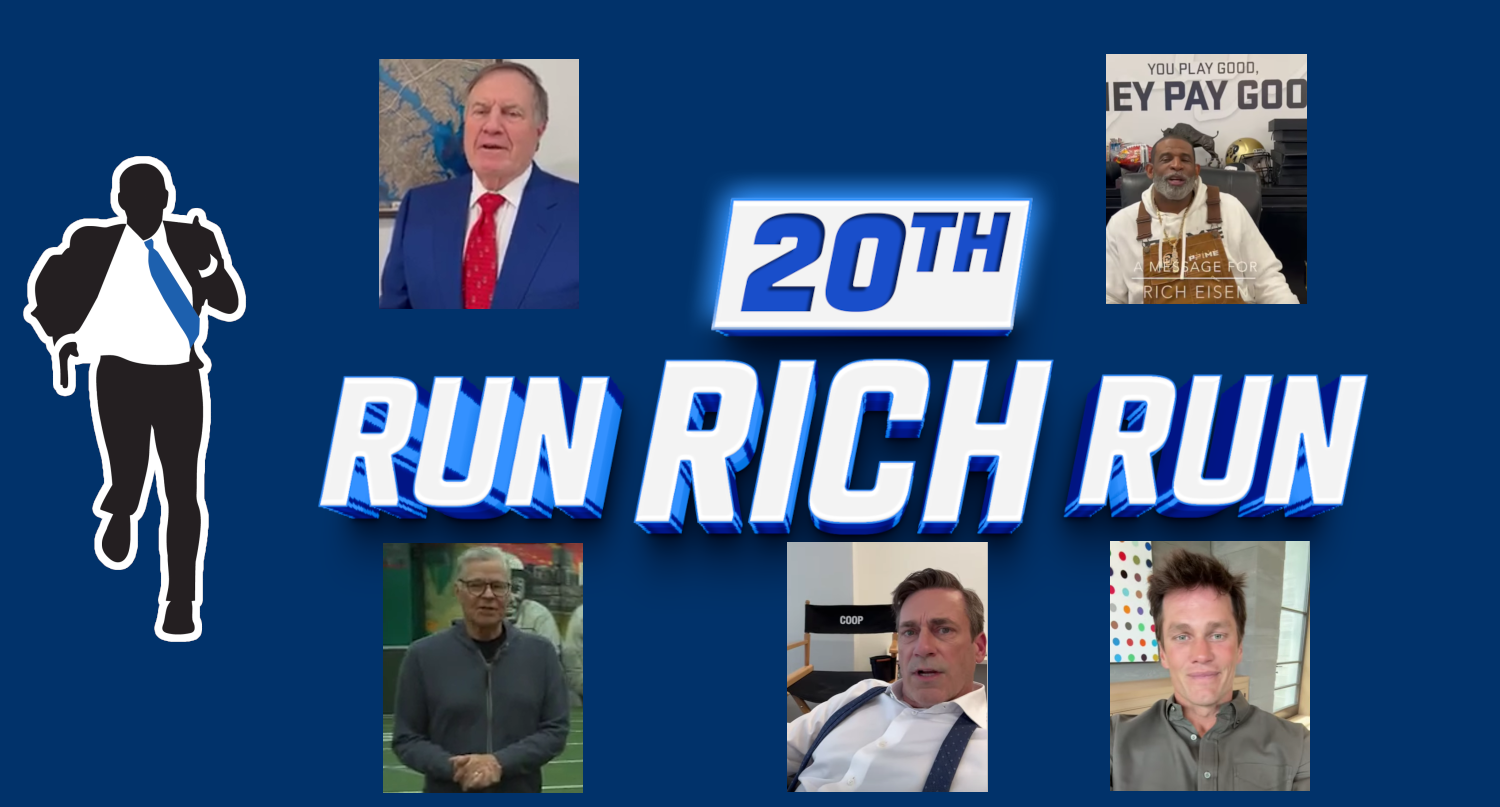Since the inception of television, its crass secret has always been that the programs are just lures to advertise to the viewer. The shows are there to make the ads more palatable. But what Amazon Prime has planned for Black Friday takes the marriage between live sports and commerce, pardon the well worn cliche, to a whole other level.
Over the years, product placement emerged with brands paying to be part of the episodes, a character drinking a Coke, or bedecked in Nike swooshes. Sports has its own version of product placement, with companies paying to have their names attached to the venue, on players’ uniforms and around the competitive field or court.
During the NFL’s first Black Friday contest, which the retailer and NFL want to make an annual tradition, QR codes for Amazon deals will appear at the bottom of the screen during the game between the Miami Dolphins and the reeling New York Jets. (This game, unlike Thursday Night Football, will be free to all, not just Prime members.)
“What you’re going to see on Friday is we’re really putting everything behind this, we want to embrace the day,” said Jay Marine, Vice President, Prime Video, Global Head of Sports, Amazon on a conference call Tuesday. “And so we’re going to start pregame a little early, we’ll start at 1:30 for the three o’clock kickoff. We’ll be celebrating various deals throughout the day. And importantly, exclusive deals. Specifically for the viewers of our Black Friday game. As we’ll drop those deals with a QR code, people can instantly scan that code and benefit and shop from their couch while they’re watching the game.”
So, if you’re bored of the Jets’ offense, just look down and scan the code. In a blog post last week, Amazon said some of the brands that will be hawked include TCL (a China-based maker of electronics), Dyson, LEGO, and Nintendo.
Of all the leagues, the NFL has been the most restrictive of what brands can be on an NFL field. Signage is higher in the stadium bowl, and only a few select companies, like Gatorade, get their logos on the field.
For the NFL, that is now an opportunity.
“The viewing experience has been over the years, it’s been a very good one, and one of the things we’re proud of, it’s a very clean one,” said Hans Schroeder, NFL Executive Vice President, Media Distribution. “If you look at our sport versus others, there’s not a lot of commercial elements in the game. The reason that’s important today is it gives us a lot of opportunity and a lot of space to innovate.”
“It’s a fast-paced game, a lot more difficult to produce and direct, but it’s relatively clean, there’s not a lot of other commercial elements. And so we have the opportunity, as we innovate, to look at some of these selective opportunities. On Friday, it’ll be this commerce driven one you’ll see throughout each quarter and at halftime and throughout the game.”
Ever since Amazon started broadcasting NFL games, first non-exclusively in 2017 and exclusively with TNF starting last season, this day was clearly coming. A streamer that is also the second biggest retailer in the world (Wal-Mart is first) was always going to want to marry those two businesses. While viewership is up 26 percent this year and is ahead of expectations, Marine said, the $1 billion average annual fee Amazon pays is almost certainly not being made up in advertising.
And that’s not necessarily unusual. Old-line broadcasters like CBS and NBC have long used the NFL as a loss leader to promote other shows, or more recently their streaming offsprings. But Amazon now can not only promote its retail platform, but is doing so with specific brand pitches (presumably those brands are paying for the chance to be offered up to turkey sated football fans).
Companies pay handsomely to affiliate with sports leagues like the NFL. But the road from official sponsorship to leveraging that into consumer sales is not always straightforward. A whole industry evolves around trying to measure the efficacy of sponsor deals (an old joke in the business goes: half of sponsorships are a success and half are not, but it’s tough to know which is which).
By directly prompting fans to buy during the game, determining the sales progress will be a lot easier and more straightforward and could become a valuable method for companies to reach fans.
How will fans react to getting prompts during the game to buy, buy, buy? For traditional and older fans, they might be put off by it. But younger fans were born into an online world where ads come at them from every angle. The average age of an Amazon NFL viewer is years younger than on traditional broadcasters.
A key goal of the league in partnering with Amazon, and Google’s YouTube for Sunday Ticket, is to reverse the graying of its audience.
“Our average fan base is eight years younger on Thursday night football than it is on our other partners,” Schroeder said. “So we are reaching some of these, those younger fans that are digital first.”
The league expects the Black Friday game to become an annual tradition, like the Thanksgiving Day games. But unlike the first two turkey day games–always hosted by Detroit and Dallas–the NFL plans to move this game around, akin to the evening Thanksgiving contest.
“Our focus is much more on the opportunity to rotate this, give another market… the opportunity to host a really unique and exciting thing like a tentpole (event),” Schroeder said. “You started to see us do it with draft like we’ve done with Super Bowl, we love bringing the NFL to more markets on some of these tentpole events. And we think Black Friday probably falls more into that bucket with how we look to the future sitting here today.”







